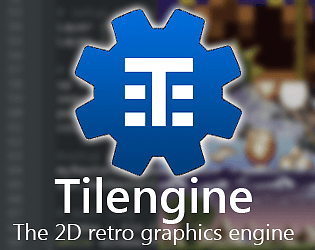Hi!
Many thanks for your interest in this library, I hope you're having fun using it.
As a project I maintain in my spare time, I can't say it's either in active development, nor abandoned. I work on it from now to then, especially when someone that is actively using it in a project asks for support, reports bugs or suggests new features. That's what drives me to go active in these cases. For example I pushed quite and update to the C# bindings some weeks ago. And I keep the domain, hosting, forums... So it's definitely not abandoned.
Regarding the documentation, you're absolutely right, it's half-baked. I must admit, I'm a software engineer, not a technical writer, and english is not my main language, so the documentation gets left behind. And I know I should fix that, of course!
So don't expect updates to arrive on a regular basis, but if you're using it, you won't be alone either, as I can provide advice, tips, examples and maybe new features.
Have you registered to the forums in https://www.tilengine.org/forum/? If so, I'll need the username you used to register, as to avoid bot registrations I have to activate legitimate accounts by hand. You can PM me with the username.
Best regards,






